Many people think snacks and treats are the same. But they’re not!
Let’s break it down.
Let’s break it down.

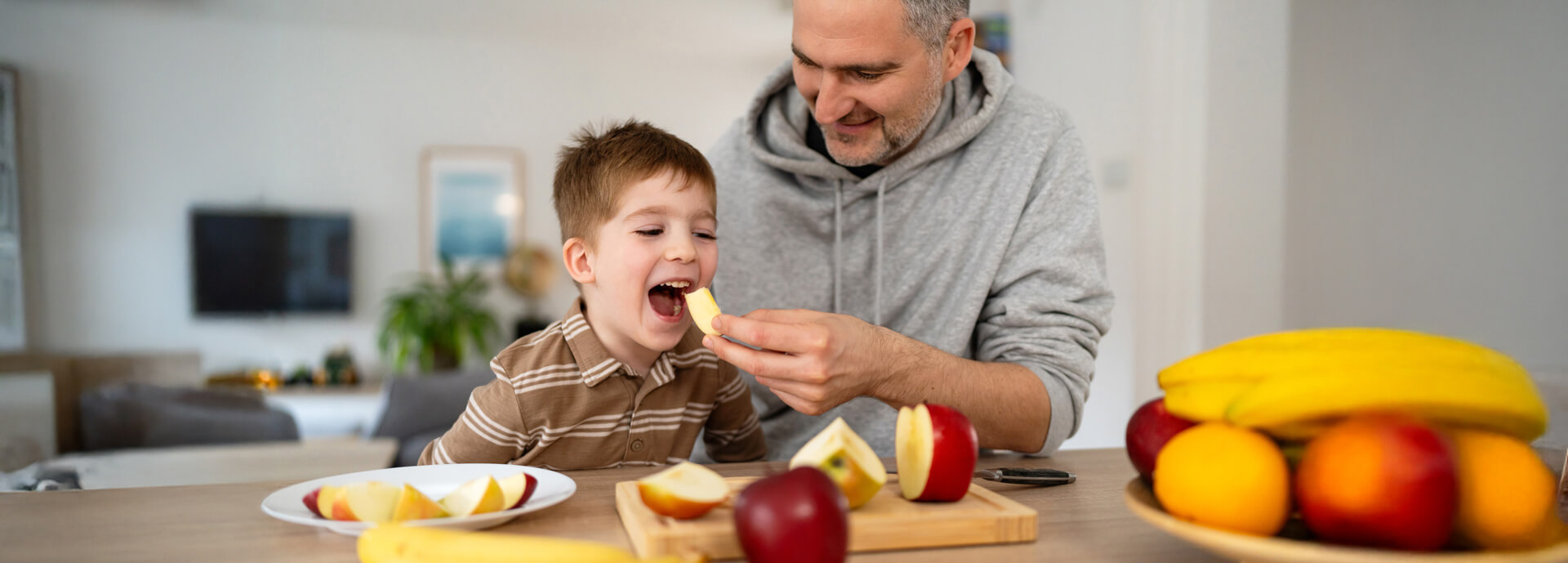
A snack is a small amount of food you eat between meals.
Healthy snacks—like apple slices or cheese—give your body energy and help you stay full.
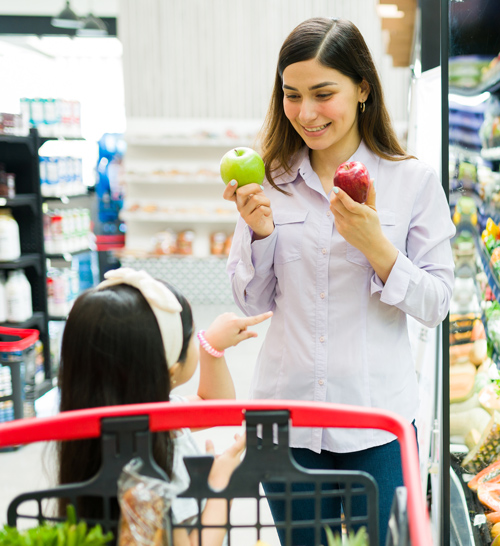
No. A snack doesn’t have to be a treat. If every snack is a sweet or salty food, it can lead to too many calories and weight gain—for kids and adults.
A treat is something special.
It’s not something you eat every day.
A treat could be birthday cake or ice cream at a party.

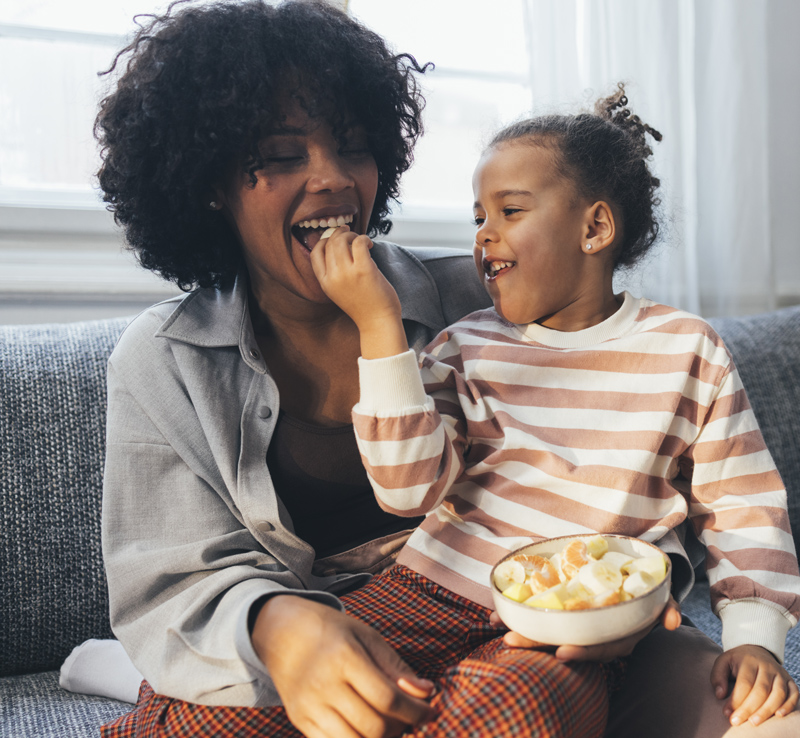
Snacks can be part of a healthy diet!
Here are some tips to make snack time better for your family:
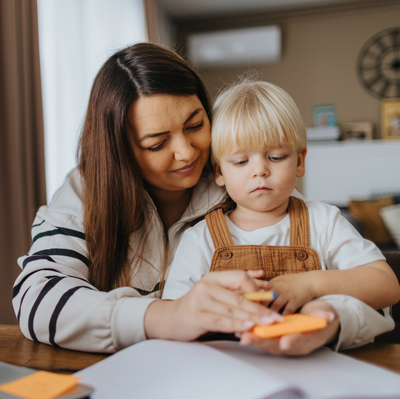
Keep a few go-to snacks written down or planned ahead.
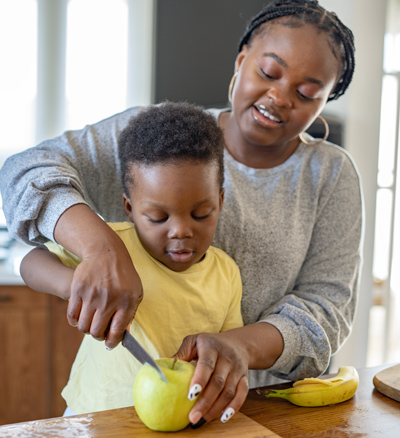
Wash and cut fruits or veggies ahead of time.
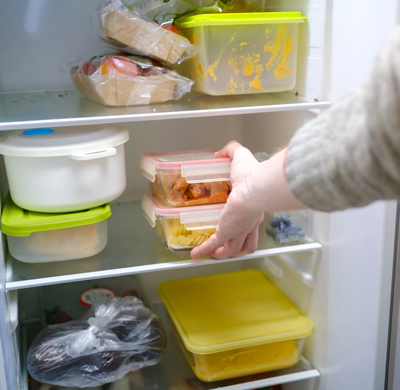
Leftover beans, pasta, rice, or soup can be great snacks!
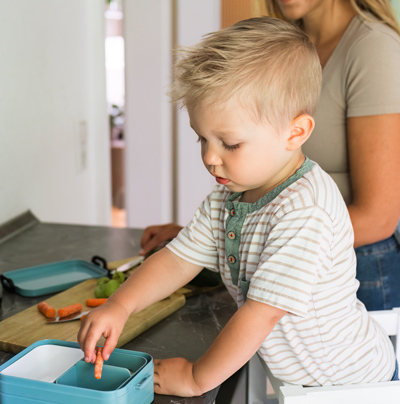
Toddlers and preschoolers can help pack snacks in muffin cups or containers.
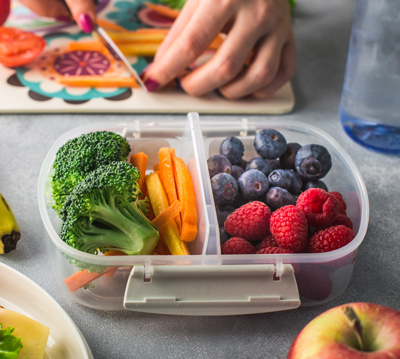
Snacks are a great time to eat more produce.
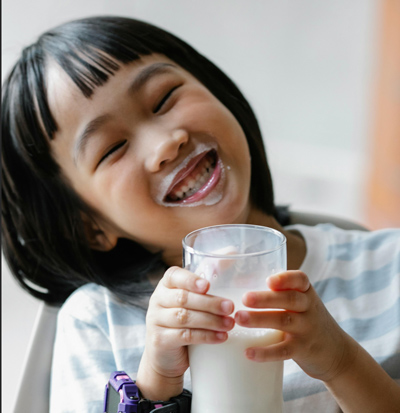
Milk, yogurt, and cheese help with strong bones and healthy growth.
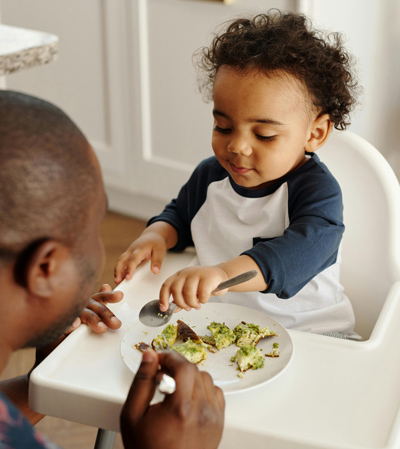
Young kids can develop a taste for salty food early.
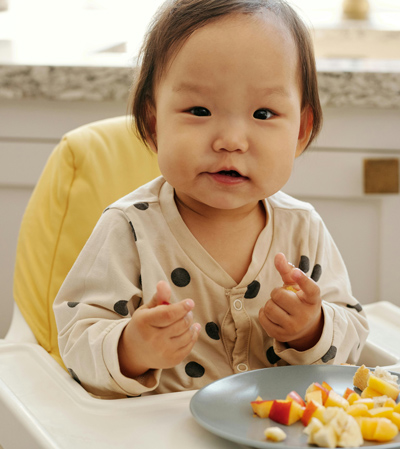
A mix of protein (like cheese or eggs) and carbs (like crackers or fruit) helps you stay full longer.
Hess, J. M., & Slavin, J. L. (2018). The benefits of defining “snacks”. Physiology & Behavior, 193(Part B), 284–287.
https://doi.org/10.1016/j.physbeh.2018.04.019
Accessed April 13, 2025.
Bailey, R. L., Leidy, H. J., Mattes, R. D., Heymsfield, S. B., Boushey, C. J., Ahluwalia, N., Cowan, A. E., Pannucci, T., Moshfegh, A. J.,
Goldman, J. D., Rhodes, D. G., Stoody, E. E., de Jesus, J., & Casavale, K. O. (2022). Frequency of eating in the US population: A
narrative review of the 2020 Dietary Guidelines Advisory Committee report. Current Developments in Nutrition, 6(9), nzac132.
https://doi.org/10.1093/cdn/nzac132
Accessed April 14, 2025.
U.S. Department of Agriculture. (2020). Dietary Guidelines for Americans, 2020–2025.
https://www.dietaryguidelines.gov
Accessed April 15, 2025.
U.S. Department of Agriculture. (n.d.). Reducing the risk of choking in young children at mealtimes.
https://wicworks.fns.usda.gov/sites/default/files/media/document/English_ReducingRiskofChokinginYoungChildren.pdf
Accessed April 15, 2025.
American Academy of Pediatrics. (n.d.). Toddler food and feeding. Healthy Active Living for Families.
https://www.aap.org/en/patient-care/healthy-active-living-for-families/toddler-food-and-feeding/
Accessed April 15, 2025.
American Academy of Pediatrics. (n.d.). Preschooler food and feeding. Healthy Active Living for Families.
https://www.aap.org/en/patient-care/healthy-active-living-for-families/preschooler-food-and-feeding/
Accessed April 15, 2025.
Author: Bridget Swinney MS, RDN, LD
Side-Lying Hold
This hold is useful when:
Cross-Cradle Hold
This hold is useful when:
Clutch or “Football” Hold
This hold is useful when:
Cradle Hold
This hold is useful when:
Laid-Back Hold
This hold is useful when:
Share
Share this link via: